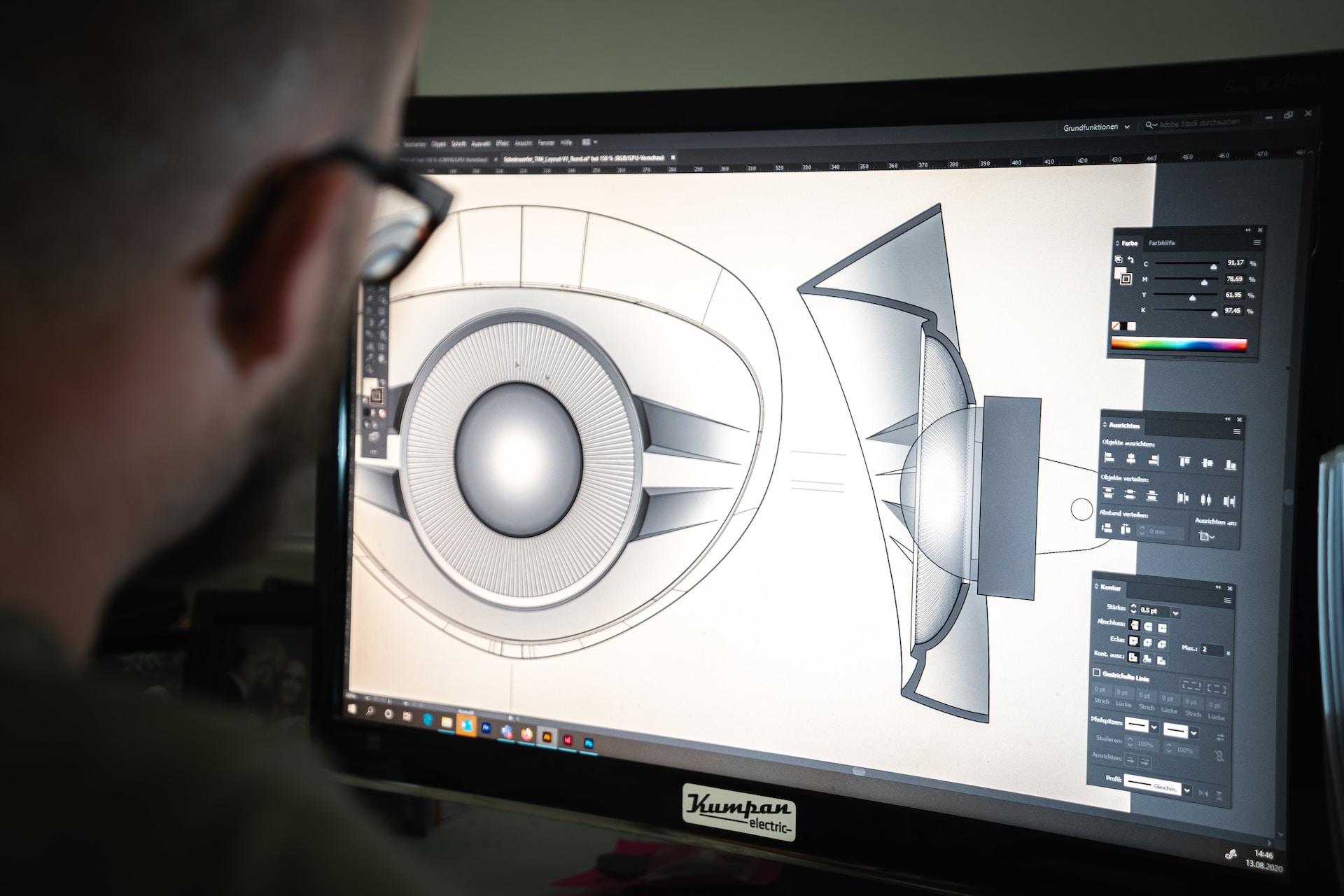
Are you an entrepreneur with a brilliant idea? Have you recently been struck by inspiration and now want to turn it into something tangible? Are you wondering what steps to take for your next move after developing a creative invention? If so, then this blog post is perfect for you! This article will explain the key processes and strategies involved in designing and marketing an invention. If creating or starting up your new business has seemed daunting before, let us ease some of your troubles today. Soon enough, turning ideas into reality can be another example of success in your story. Read on to discover how!
Brainstorm Your Idea
Coming up with great ideas is hard work, but it doesn’t have to be a daunting task. Brainstorming your invention can be an inspiring and rewarding journey that leads to meaningful solutions to existing problems. By focusing on the fundamental issue you’ve identified, you can explore possible avenues for attack, refine your concept and create something new and exciting that has the potential to change the world. Creative problem-solving requires time and effort, so take a moment and see how your idea might help others – chances are it could make all the difference!
Research the Market
Doing market research and studying the industry prior to launching an invention is vital for a successful launch. Whether discovering how your product fits alongside competitors in the same space or figuring out who your target audience is, doing your research can make a huge difference in how well-received the product is after it launches. By understanding the current trends and capabilities of those in the industry, inventors can hone their ideas to be more relevant to the market and make sure that their product has its own special edge against the competition. Taking this step even further allows creators to recognize potential opportunities by identifying overlooked areas or needs that exist within the industry. So don’t skip out on researching the market – it can help you to create an innovative product that stands out in today’s competitive landscape.
Create a Prototype
The first step to turning your invention into a reality is to create a prototype. This tangible representation of your invention allows you to interact with it and gain feedback, making sure that it meets user expectations and technology standards. This is a great time to have MTBF calculation (mean time before failure) done as well, to verify how reliable your prototype is and give you data on how to improve it as well. Additionally, a prototype can be used for marketing purposes by allowing customers to experience a working model of the product before buying. Designing and producing a prototype may be time-consuming and expensive, but once complete, it allows you to make any necessary changes or modifications based on testing, ensuring your invention is as perfect as possible before launching it into mass production.
Get Patents
When you come up with an amazing invention, the last thing you want is for someone else to take your hard work and make a profit off of it! That’s why it’s so important to register your invention with the USPTO (US Patent and Trademark Office) if you intend to market or sell it. Once done, this will signify that the particular item is legally yours and let potential buyers know that copycatting your work is not an option. But it doesn’t just protect inventors from intellectual property theft – by obtaining a patent, you can also give a sense of trustworthiness to potential consumers who are looking into buying from you. So if you have a great invention in the works, don’t forget to get those patents as soon as possible – it could be the difference between success and failure!
Secure Funding
Securing funding for an invention can be one of the most challenging steps in the process of creating and marketing a new product. Aspiring inventors must put real effort into researching their options and finding reliable sources to help get the project off the ground. Investing money of your own or finding investors, grants, or other resources is essential to the success of any venture and should be taken seriously. By putting extra care into securing necessary funding and making sure to find the right kind of support, inventors can ensure that they have what they need to turn their ideas into a reality.
Connect With Manufacturers
Producing and marketing an invention is an exciting but daunting endeavor. A critical step in the process is finding suitable manufacturers for your product, which can be done by performing market research to compile a list of potential firms. Once you have that list, it’s time to reach out and make initial contact with those manufacturers. It’s not always easy, but when you secure the right manufacturer, they can produce your product at scale and help you take the next step in bringing your invention to the market.
Creating and marketing an invention is a complex process requiring dedication, hard work, and often some financial backing. It all starts with coming up with a creative idea, researching the market to ensure its viability, then creating a prototype that can be tested. Once you’re confident in your idea, you should take the necessary steps to protect it from others by registering it for patent rights. Then it’s time to secure funding for production which could come from investors or grants. Finally, once you’ve acquired the necessary resources, you’ll need to connect with manufacturers who can help bring your invention to life. All of these components work together to create an environment where inventors can bring their ideas into reality with confidence that their inventions are safe and ready to be used by consumers.


